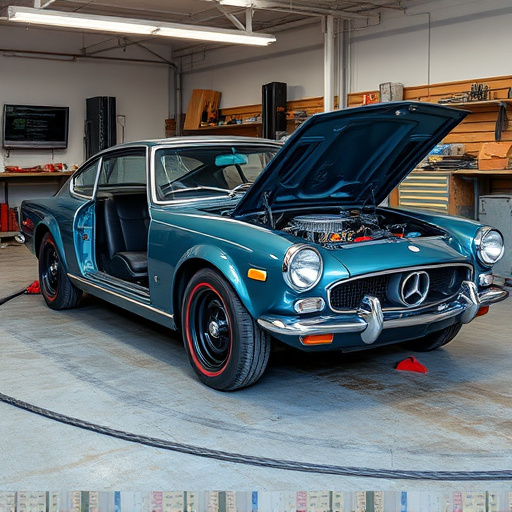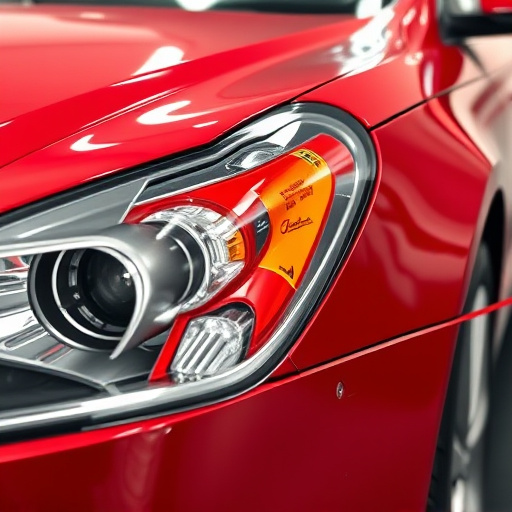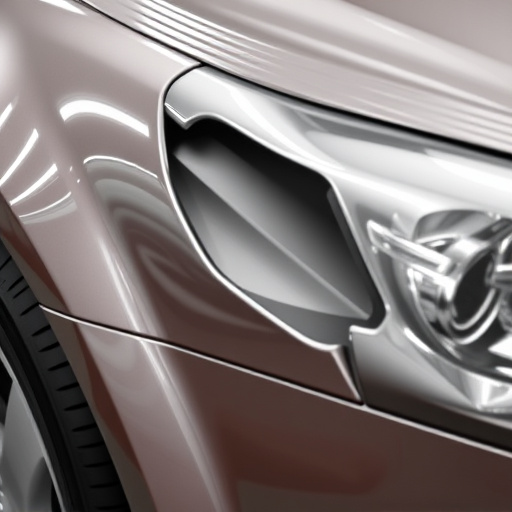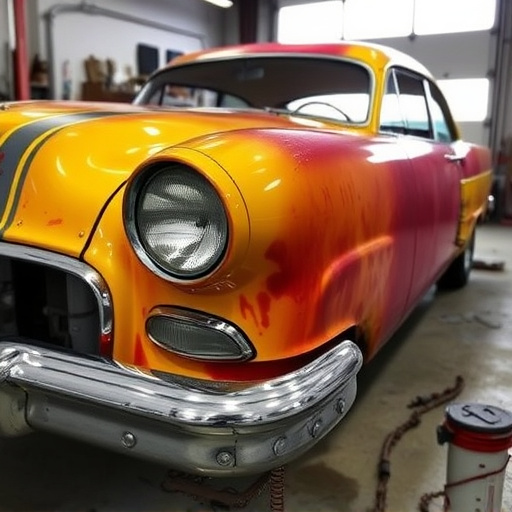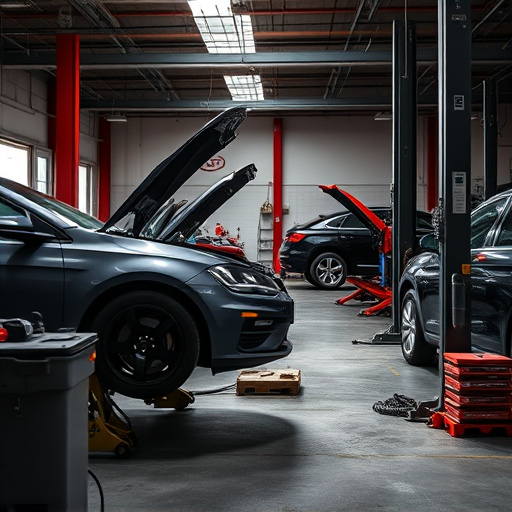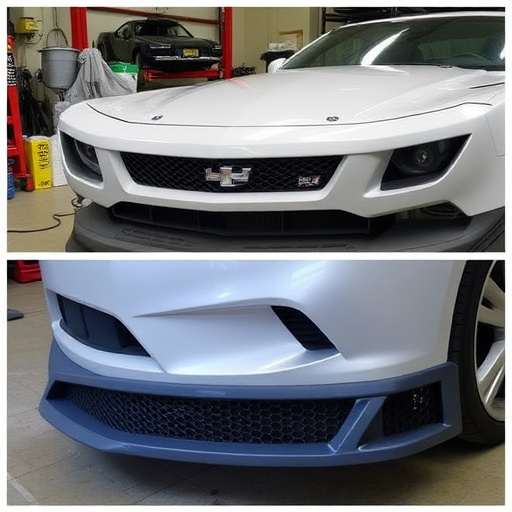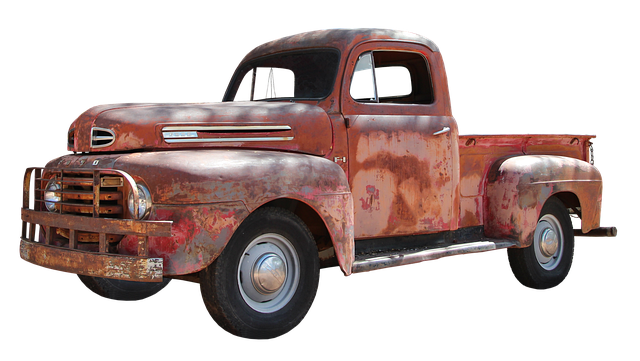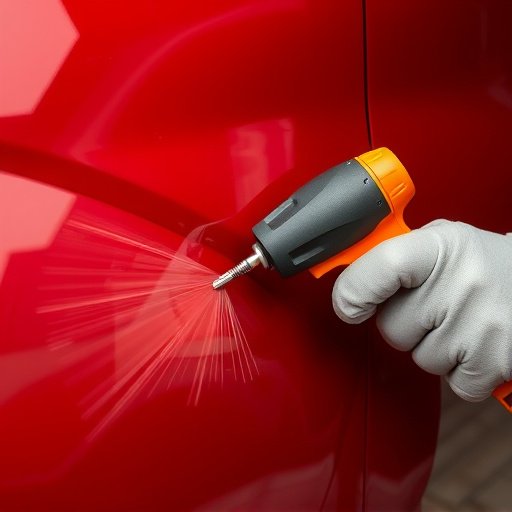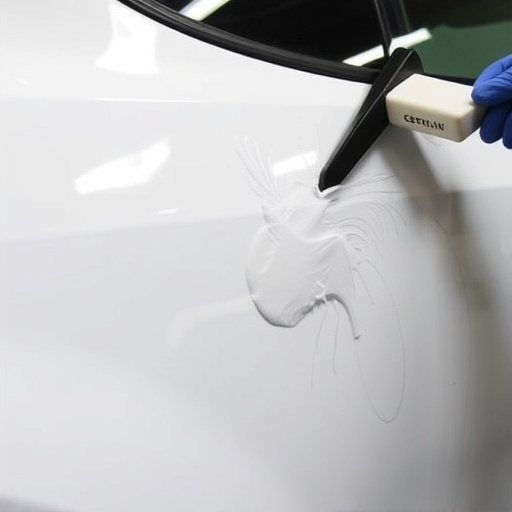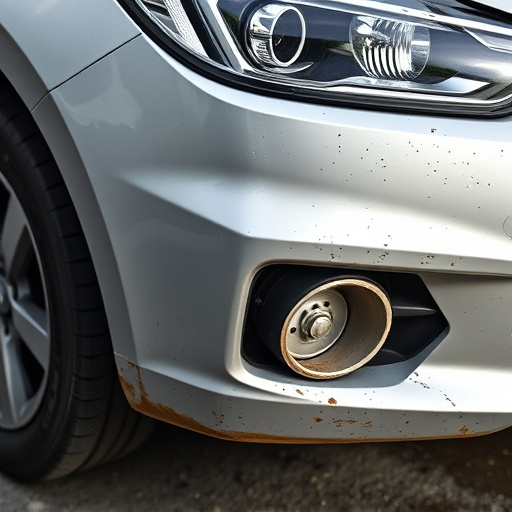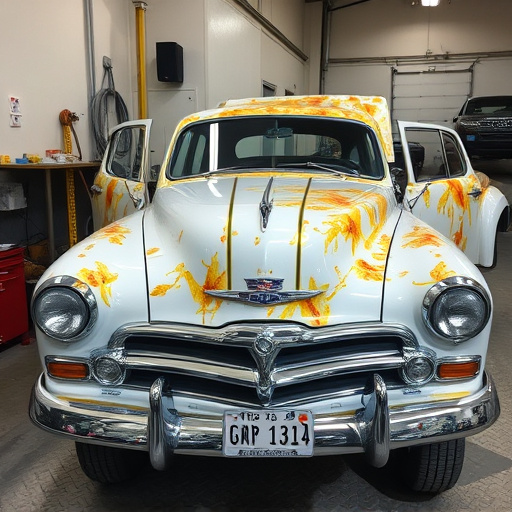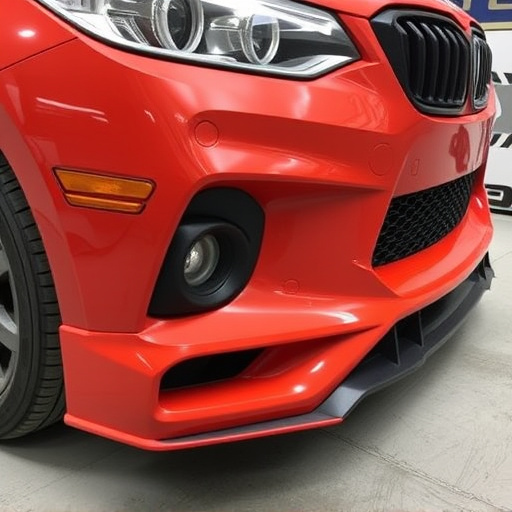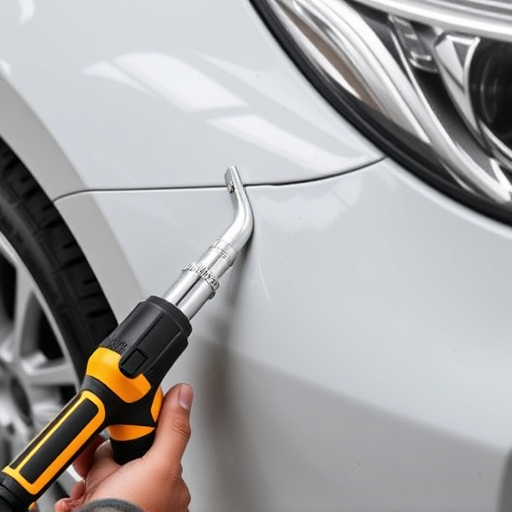Matte finish collision repair presents unique challenges, requiring specialized techniques and tools for precise color matching and seamless integration with existing finishes. Understanding insurance coverage for these repairs is crucial for policyholders and insurers, as cosmetic enhancements or custom modifications may not be covered under standard policies. Policyholders should navigate costs transparently through detailed cost breakdowns, carefully reviewing estimates and communicating concerns to ensure fair claims processing.
In the realm of car maintenance, matte finish collision repair stands out as a unique challenge. This specialized form of restoration requires precise techniques and materials, distinct from traditional glossy finishes. This article delves into how insurance companies approach coverage for these repairs, exploring the intricacies of claims processing and cost management. Understanding the insurance perspective is crucial for policyholders navigating the complexities of matte finish collision repair, ensuring a smoother, more transparent experience.
- Understanding Matte Finish Collision Repair: A Unique Perspective on Car Damage
- The Insurance Perspective: Coverage and Claims Process for Matte Finish Repairs
- Navigating the Costs: What Policyholders Can Expect During Pearl Finish Collision Repair
Understanding Matte Finish Collision Repair: A Unique Perspective on Car Damage
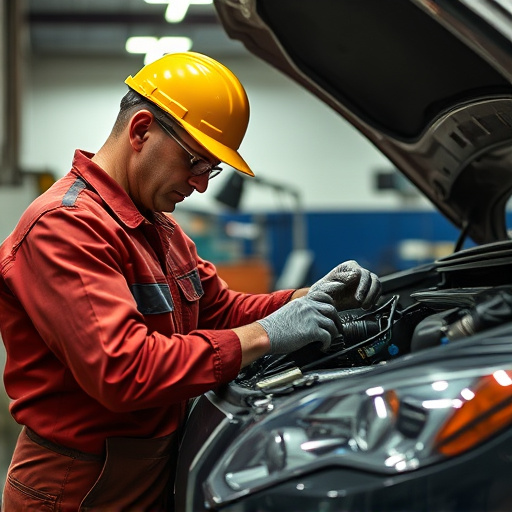
Matte finish collision repair presents a unique challenge within the realm of automotive restoration. Unlike glossy or metallic finishes that reflect light and create a vibrant, smooth surface, matte coatings offer a subtle, non-reflective appearance. This distinct aesthetic is achieved through specialized applications designed to absorb rather than reflect light, making it a popular choice for those seeking an unconventional look on their vehicles. However, when damage occurs, the process of repairing these finishes requires a nuanced approach.
In the context of auto body services, understanding the intricacies of matte finish collision repair is essential. Automotive repair professionals must employ specific techniques and tools to ensure the restored area seamlessly integrates with the vehicle’s existing matte finish. This involves careful color matching, precise application of touch-up paints, and often, the use of advanced sandbling or buffing techniques to achieve a flawless, non-reflective surface. The goal is to not only fix structural damage but also preserve the unique visual identity that sets matte finishes apart in the world of car bodywork.
The Insurance Perspective: Coverage and Claims Process for Matte Finish Repairs
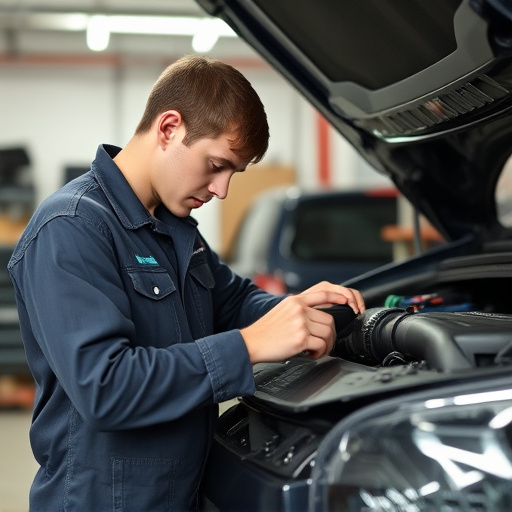
From an insurance perspective, understanding the process for covering matte finish collision repairs is key. When a policyholder files a claim for car body shop services, insurers assess the extent of the damage and determine if it’s covered under their policy terms. Coverage for such repairs varies across different insurance providers, but commonly, comprehensive or collision coverage is required to fix vehicle dent repair issues, including those affecting special finishes like matte.
The claims process typically involves an inspection, where an adjuster assesses the car’s damage and may consult with experts if needed. If the matte finish is part of the vehicle’s original manufacturing quality, repairs are often covered. However, insurers might differentiate between cosmetic enhancements or custom finishes, which could be considered modifications not covered under standard policies. This distinction is crucial in ensuring fair compensation for car damage repair while maintaining the integrity of insurance claims.
Navigating the Costs: What Policyholders Can Expect During Pearl Finish Collision Repair
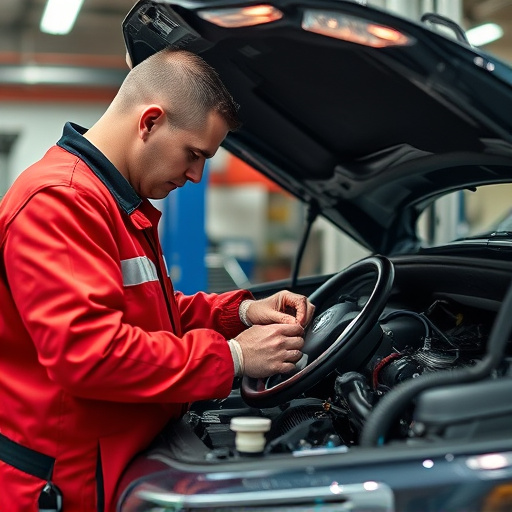
Navigating the costs associated with pearl finish collision repair can be a complex process for policyholders. When a vehicle sustains damage requiring this specialized service, understanding what’s covered by insurance and what isn’t is crucial. Policyholders should expect to engage closely with their insurance providers and trusted collision repair shops to ensure accurate assessments and transparent pricing.
The process begins with filing an insurance claim, followed by an appraisal of the damage. Reputable collision repair shops will break down the costs meticulously, outlining each step of the restoration process. This includes not just the visible repairs to the pearl finish but also related services such as auto glass repair, vehicle body repair, and sometimes even paint matching to ensure a flawless finish. Policyholders should be prepared to review these estimates carefully and communicate any concerns or discrepancies directly with their insurer and the chosen collision repair shop.
In understanding how insurance handles pearl finish collision repair costs, we’ve explored both the unique challenges and specific considerations of this type of car damage. The insurance perspective emphasizes coverage and a meticulous claims process tailored to matte finish repairs, ensuring policyholders receive fair compensation for their unique restoration needs. By navigating these costs effectively, individuals can streamline the recovery process, restore their vehicles to their former glossy glory, and drive with peace of mind knowing their insurance provider is committed to supporting them throughout the repair journey.
